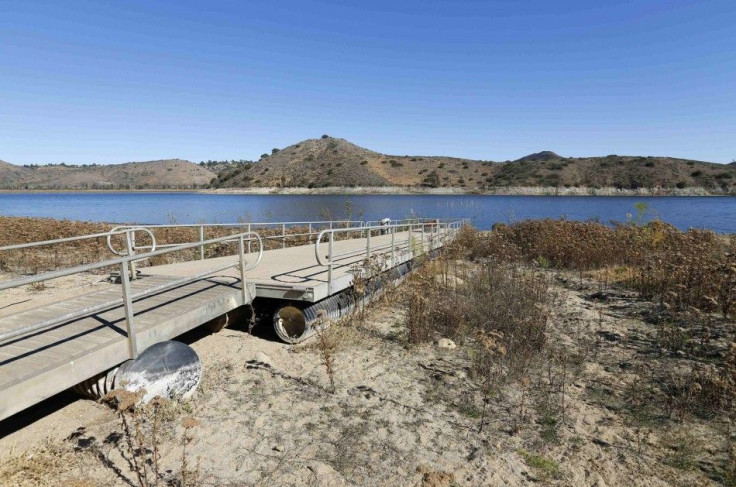2013 Damages Second Most Expensive for Kiwi Insurers

The year 2013 has proven to be the second most costly for Kiwi insurers, based on data released by the Insurance Council of New Zealand on Tuesday. New Zealand insurers released more than $174 million in insured weather-related damages in 2013, next to the $181 million released in 2004. The year 1984 came in at third with $155 million worth of insured damages.
The biggest cause of damages was the September 11-12 nationwide storm where insured losses were placed at $74.5 million, the council said. It was the third most expensive storm in the past 45 years.
"This was the storm that saw considerable damage to irrigators in Canterbury. Not surprisingly commercial losses from that storm were significant with $42 million damage to commercial property and a further $3.1 million in business interruption payments," Tim Grafton, Insurance Council of New Zealand chief executive, said.
Domestic-related losses amounted to $18 million and damage to motor vehicles amounted to $9.5 million.
Damaging storms that occurred April 2013 in Nelson and Tasman, the Bay of Plenty and Waikato reached $46.2 million of insured damage. In June, some $39.3 million worth of insured losses occurred in Wellington and parts of the South Island.
"Climate change scenarios point to higher levels of rain in parts of the country already prone to flooding and for stronger winds from the west," Mr Grafton said.
"This underlines the need for New Zealand to focus on pre-disaster mitigation and adaptation strategies to minimise economic losses and social disruption."
The council however said total losses from weather damage may still rise as it is still awaiting the figures for another storm in October.





















